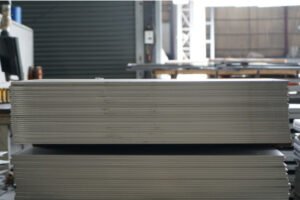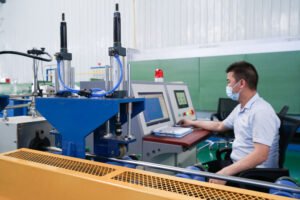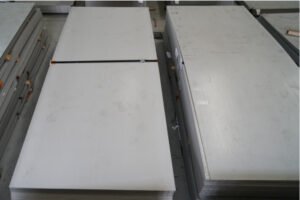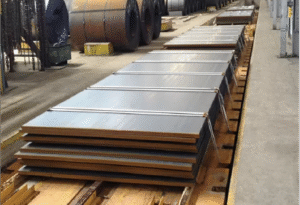Why Corrosion Testing is Essential for Evaluating Stainless Steel Quality
Choosing the right steel is crucial. A wrong choice can lead to premature failure and significant costs. Corrosion testing provides the critical assurance you need for long-term material performance.
Corrosion testing is essential because it predicts how stainless steel will perform in specific service environments. It verifies material integrity, prevents catastrophic failures, and ensures the chosen grade meets the demands of applications in construction, chemical processing, and marine industries, safeguarding your investment.

As the Global Business Director at MFY, I've seen firsthand how material specification can make or break a project. It's not just about buying stainless steel; it's about buying the right stainless steel. The difference lies in a deep, data-driven understanding of its performance, and that understanding begins with rigorous testing. Let's explore why this process is not just a quality check, but a fundamental part of a successful supply chain strategy.
What role does corrosion testing play in assessing the quality of stainless steel?
You need to know if your steel is truly high-quality. Visual inspection isn't enough. Corrosion testing provides definitive, data-backed proof of a material's resilience and suitability for its purpose.
Corrosion testing plays a critical role by acting as a predictive tool. It simulates real-world conditions to evaluate a material's long-term durability, identify potential weaknesses, and validate that a specific stainless steel grade meets the required performance standards for its intended application.

At its core, corrosion testing moves us from assumption to certainty. When a client in the chemical processing industry comes to us, they aren't just buying a steel coil; they are buying peace of mind that their storage tank won't leak hazardous materials. This is where testing becomes a strategic asset. It serves multiple functions beyond a simple pass/fail check. I remember a case with a new partner in Southeast Asia who was building a desalination plant. They were considering a standard grade to save on initial costs. Our lab's testing, which simulated their specific high-chloride, high-temperature environment, clearly showed that a higher-grade duplex stainless steel[^1] was necessary to avoid rapid pitting corrosion[^2]. This data-driven approach prevented a potentially catastrophic failure and saved them millions in future maintenance and replacement costs. This is the true power of testing.
Verifying Material Integrity
First and foremost, testing verifies that the material you receive matches the specification. It confirms the alloy composition and its corresponding corrosion resistance, ensuring you get what you paid for. It's the ultimate quality assurance check that protects against improperly manufactured or counterfeit materials.
Guiding Material Selection
Second, it provides the empirical data needed to select the most cost-effective material for a specific job. Why over-engineer with an expensive alloy if a more standard grade will suffice? Conversely, why risk failure by using a cheaper grade that can't handle the environment? Testing provides the answer, optimizing both performance and budget.
Why does stainless steel require corrosion testing despite its inherent resistance?
"Stainless" steel isn't always stain-proof. Different grades and environments pose unique threats. Testing is necessary to confirm its resistance under your specific operational conditions, preventing unexpected degradation.
Despite its inherent resistance, stainless steel requires testing because different grades have varying vulnerabilities. Factors like chloride exposure, temperature, and specific chemicals can cause localized corrosion, such as pitting or crevice corrosion, which testing is designed to identify and quantify.

The term "stainless steel" covers a wide family of alloys, each with a unique balance of elements like chromium, nickel, and molybdenum. While the chromium oxide passive layer provides general protection, it's not invincible. The biggest threats are often invisible until it's too late. These localized attacks are precisely why we can't take a material's inherent resistance for granted. For any project in a coastal or marine environment, for example, chloride-induced pitting is a major concern. The same grade of steel that performs perfectly in a dry, inland application could fail rapidly when exposed to saltwater spray. At MFY, we emphasize that the environment dictates the material choice, and testing is the only way to validate that choice with confidence. It's about matching the specific resistance profile of the steel to the specific corrosive challenges it will face.
Understanding Localized Corrosion
Unlike uniform corrosion that wears away the surface evenly, localized corrosion is insidious.
- Pitting Corrosion: Small, deep pits form on the surface, which can quickly perforate the material.
- Crevice Corrosion: Occurs in tight gaps (like under bolt heads or gaskets) where stagnant solutions can become highly corrosive.
- Stress Corrosion Cracking (SCC): A combination of tensile stress and a corrosive environment can lead to sudden, brittle failure.
Grade-Specific Performance
Different grades are engineered to resist these specific attacks. A simple table illustrates this point:
| Grade | Common Application | Key Resistance Feature |
|---|---|---|
| 304 | Kitchen equipment, tanks | Good general corrosion resistance |
| 316L | Marine hardware, pharma | Added molybdenum for superior pitting resistance |
| Duplex 2205 | Chemical processing, pipes | High strength and excellent resistance to SCC and pitting |
Without testing, selecting from this list would be guesswork.
How can inadequate corrosion testing impact stainless steel applications?
Skipping proper tests seems like a cost-saving measure. But this can lead to catastrophic failures. Inadequate testing exposes your projects to massive financial, safety, and reputational risks.
Inadequate corrosion testing can lead to catastrophic failures, unexpected maintenance costs, and significant operational downtime. It compromises structural integrity in critical applications like bridges and chemical tanks, potentially causing safety hazards and damaging a company's reputation and financial stability.

The consequences of material failure extend far beyond the cost of replacement steel. I worked with a construction contractor in the Middle East who built a stunning facade using a stainless steel grade that, on paper, seemed adequate. However, no specific testing was done to account for the unique combination of coastal salinity and airborne industrial pollutants. Within two years, the facade was showing significant tea-staining and pitting, ruining the building's aesthetic and forcing a hugely expensive remediation project. The reputational damage was immense. This is a classic example of focusing on the initial procurement cost instead of the total lifecycle cost. Proper testing upfront would have been a tiny fraction of the eventual repair bill. It's a lesson we try to instill in all our partners: the cost of testing is an investment, while the cost of not testing is an unquantifiable risk.
The High Cost of Failure
The financial impact of a material failure includes:
- Direct Costs: Material replacement, labor for repairs, and equipment rental.
- Indirect Costs: Operational downtime, lost production, and potential regulatory fines.
- Liability Costs: In cases of injury or environmental damage, the legal and financial fallout can be devastating.
Reputational and Safety Risks
For any business, reputation is paramount. A high-profile failure damages trust with customers and stakeholders. More importantly, in applications like pressure vessels, pipelines, or structural supports, material failure can have dire safety consequences. Ensuring material integrity through testing is a non-negotiable part of responsible engineering and management.
What methods are used in corrosion testing for stainless steel?
Choosing the right test can be confusing. There are many methods available. Selecting the appropriate technique ensures you get accurate, relevant data for your specific application and environment.
Common methods include salt spray testing (ASTM B117) for general corrosion resistance and advanced electrochemical tests like potentiodynamic polarization for precise data on pitting. Other methods involve immersion tests and specific chemical exposure tests tailored to the intended service environment.
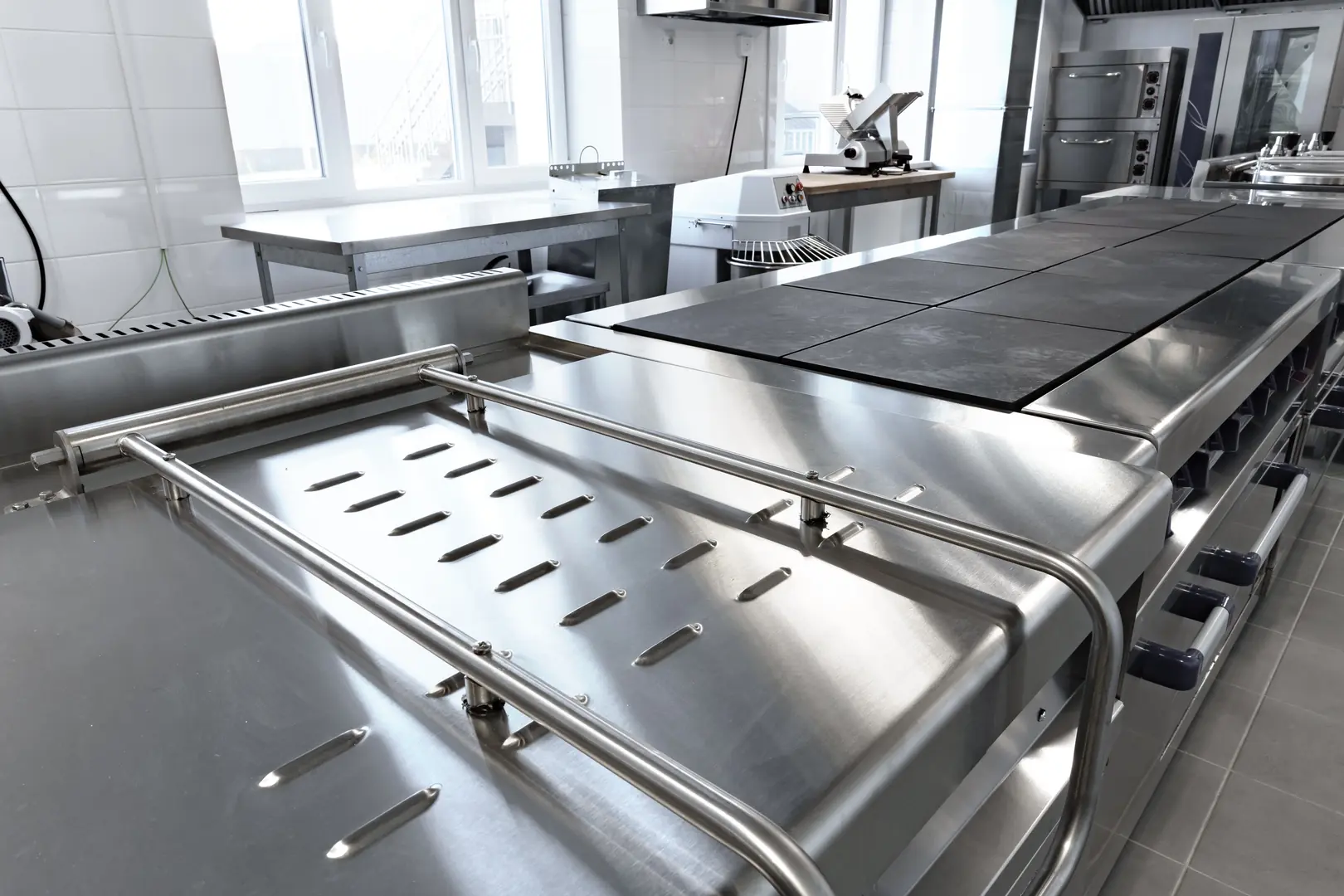
The goal of any test is to get actionable data. You don't just want to know if it corrodes; you want to know how, where, and how fast. That's why we use a range of methods, from broad-based accelerated tests to highly precise electrochemical techniques. The choice of method depends entirely on the application. For a general-purpose outdoor application, a salt spray test might be sufficient to compare different coatings or grades. But for a critical component in a chemical reactor, we need much more detailed information. This is where advanced electrochemical tests shine. They can measure the precise potential at which pitting will begin (the pitting potential), giving engineers a clear, quantitative safety margin to work with. This level of precision is what enables us to build safer, more reliable, and more efficient infrastructure.
Comparing Common Test Methods
| Test Method | Purpose | Key Output |
|---|---|---|
| Salt Spray Test (ASTM B117) | Simulates a corrosive saline environment to assess general resistance. | Visual assessment of rust or pitting after a set exposure time. |
| Full Immersion Test | Measures weight loss over time in a specific chemical solution. | A quantitative corrosion rate (e.g., mm/year). |
| Electrochemical Testing | Precisely measures electrochemical properties in a solution. | Data on pitting potential, corrosion rate, and passive layer stability. |
These methods provide different pieces of the puzzle. A comprehensive testing plan often uses a combination of techniques to build a complete picture of the material's expected performance.
What are the best practices for conducting corrosion tests on stainless steel?
Getting unreliable test results is frustrating. This wastes time and money. Following best practices ensures your testing is accurate, repeatable, and truly reflects real-world performance.
Best practices include clearly defining the service environment to simulate, selecting the appropriate test method based on potential corrosion types, using standardized procedures (like ASTM or ISO), and ensuring proper sample preparation. Documenting all parameters and results is also crucial for traceability.
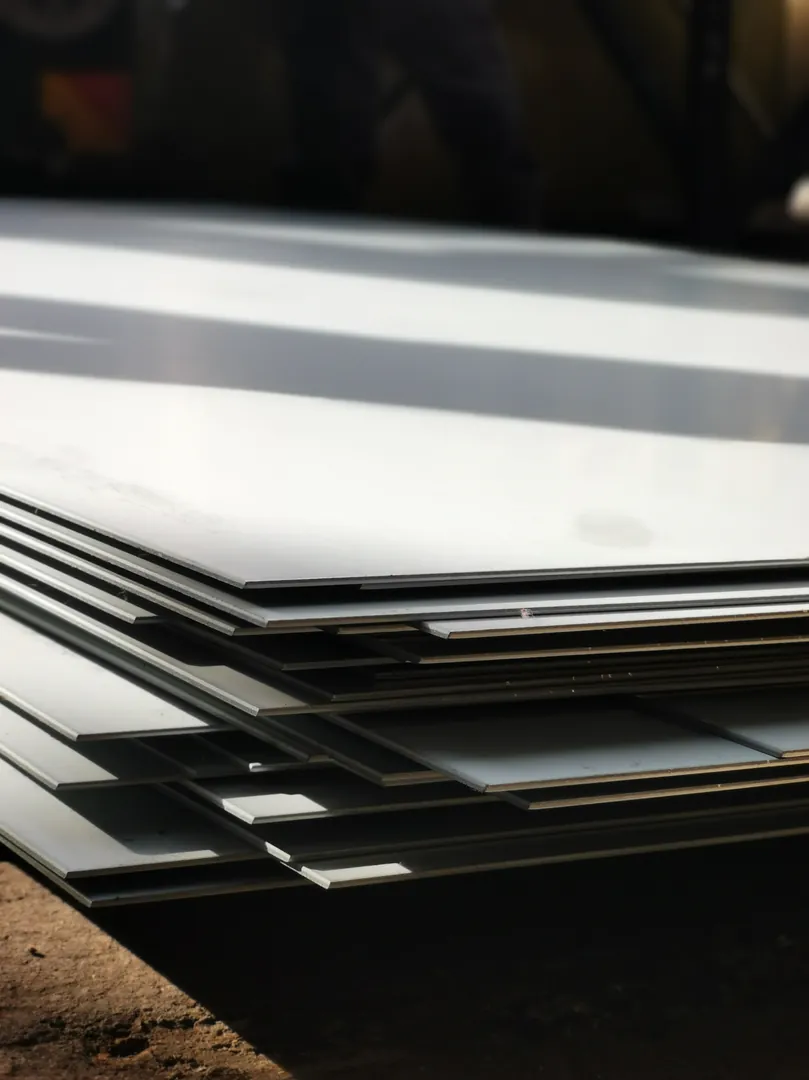
The value of a test is only as good as its methodology. Garbage in, garbage out. At MFY, our entire testing protocol is built on a foundation of rigor and standardization. The single most important step happens before any sample touches a chemical: defining the test's objective. Are we trying to predict a 30-year service life for a bridge, or are we simply doing a quality check on a new batch of raw material? The answer dictates every subsequent step. This is a collaborative process between our technical team and the client. We need to understand the full context—temperature cycles, chemical concentrations, mechanical stresses, and exposure times. By integrating this deep understanding into a standardized testing framework, we deliver results that are not just numbers on a page, but reliable predictors of future performance.
Simulating the Real World
The test environment must mimic the intended service environment as closely as possible. This includes not just the primary chemicals, but also temperature, pressure, and pH levels. The more accurate the simulation, the more reliable the results.
Standardization and Repeatability
Adhering to established standards from organizations like ASTM and ISO is critical. These protocols ensure that tests are conducted in a consistent, repeatable manner. This allows for accurate comparisons between different materials and different labs, creating a common language of quality for the entire industry.
Integrating Testing Early
Finally, the most effective approach is to make corrosion testing an integral part of the design and procurement process, not an afterthought. By considering material performance from day one, you can avoid costly redesigns and mitigate risks proactively. It transforms testing from a quality control checkpoint into a strategic design tool.
Conclusion
Corrosion testing is not an expense but a strategic investment in reliability, safety, and long-term value. It provides the data-driven certainty needed to build with confidence, mitigate risk, and ensure your stainless steel applications succeed for decades to come.
Have Questions or Need More Information?
Get in touch with us for personalized assistance and expert advice.
